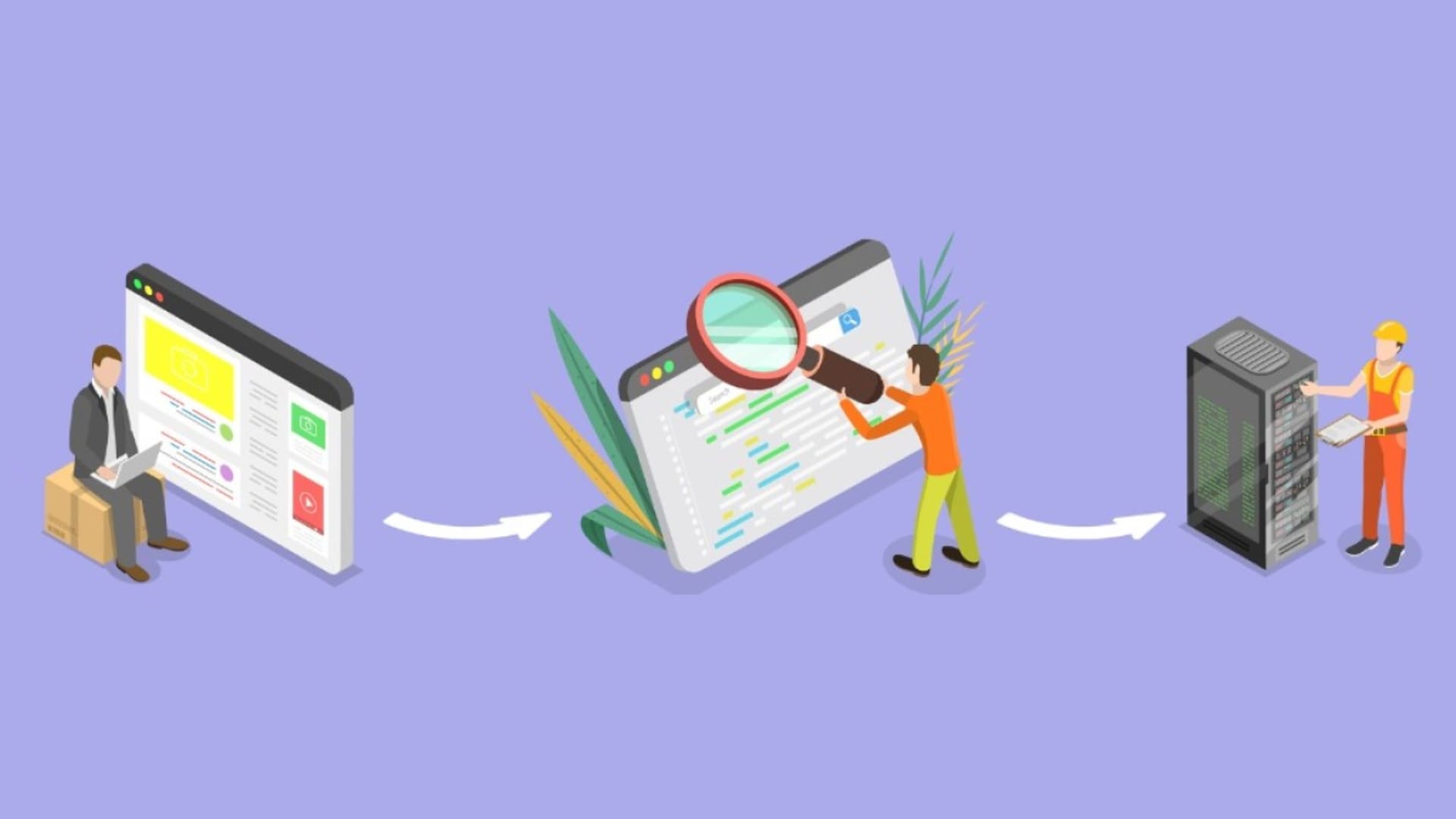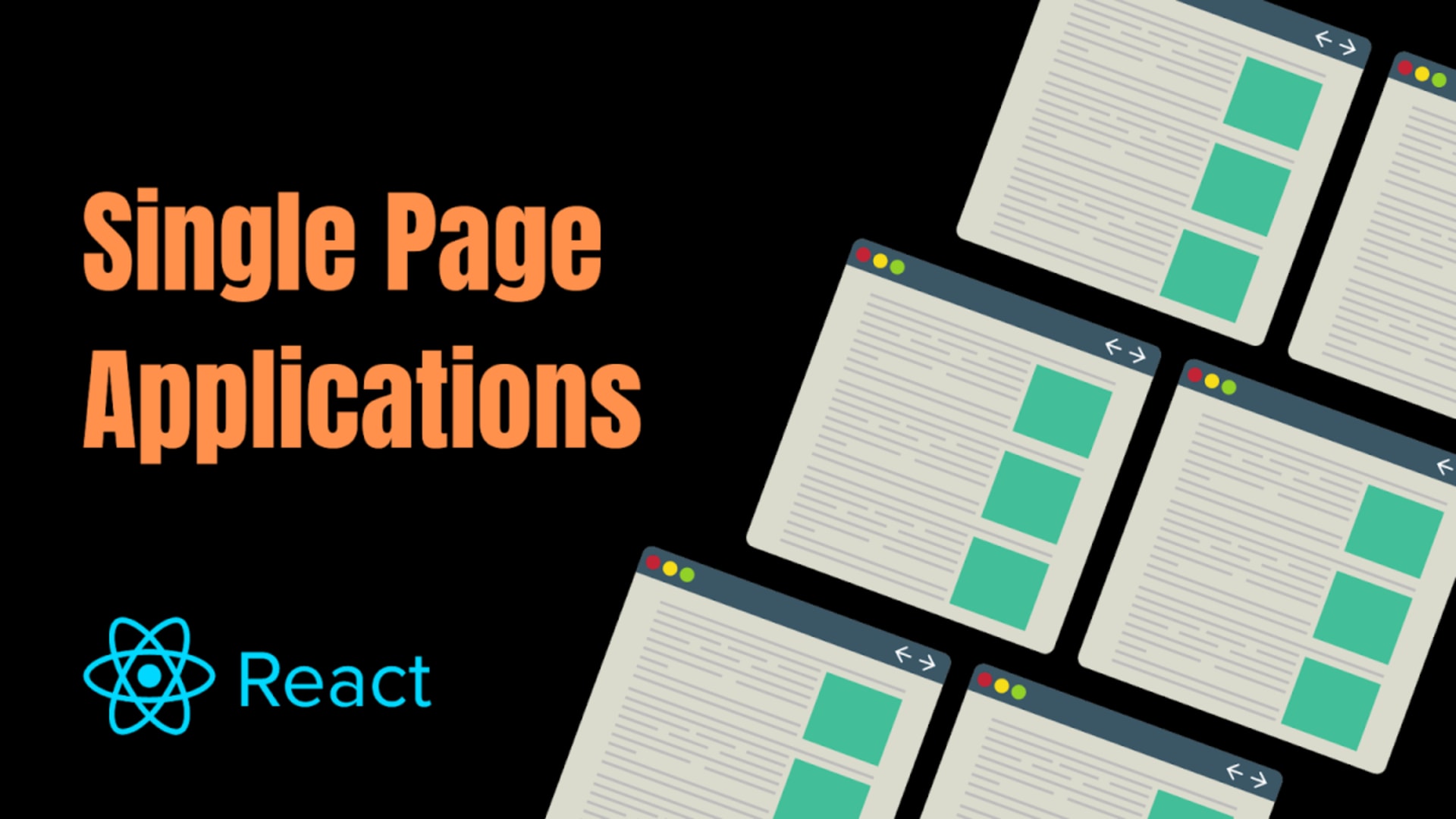“Diversity” has been a big buzzword in business lately and is often paired with “equity” and “inclusion” (DEI) to describe how employers can best support workers with a variety of characteristics. These issues are becoming increasingly important as a new generation (Gen Z) enters the workforce. This group highly values diversity and is itself more diverse than previous cohorts. Given the low unemployment rate as they begin their careers, they are in a position to consider only those genuinely diverse companies.
While diversity has often been associated only with race within a company, it actually refers to many additional characteristics, including gender, age, religion, socioeconomic status, and education. Employers that want to attract the best talent—and gain access to a bigger talent pool—must support team members who are diverse in all these ways and more. Doing so benefits not just workers but also the companies themselves. Initiatives shown in the BairesDev CSR page, for example, demonstrate how leading organizations leverage comprehensive strategies to ensure that diversity, equity, and inclusion are at the forefront of their business practices.
Technology can contribute to greater diversity in the workplace, and below, we list some of the tools available. But first, we take a look at what diversity really means, why it’s important for both workers and employers and high-level strategies companies can use to increase diversity.
What Does Diversity Really Mean?
As mentioned above, true diversity is about more than hiring individuals of various races. The following list explains several areas in which diversity is important.
- Race describes categories of physical attributes, including Black, white, or Asian.
- Ethnicity, sometimes confused with race, may encompass aspects of race but also includes background and culture, such as identifying with a specific Native American tribe.
- Age can become an issue as workers get older. Though late-career team members may still be highly engaged and have a lot of wisdom and expertise to share, employers may prefer younger employees with lower salary requirements. The following video offers a perspective on different generations working together.
- Gender has become a hot topic recently as more individuals have come out as non-binary or transgender. According to the Pew Research Center, “About 5% of young adults in the U.S. say their gender is different from their sex assigned at birth.” While genders unfamiliar to some team members may cause confusion or even discomfort, these matters can be resolved with direct communication and supportive policies.
- Sexual orientation refers to a person’s sexuality, which may differ from the historical norm of heterosexuality and which may defy simple labels like “gay” or “straight.” It is another area in which communication and supportive practices can be useful in developing highly functional teams.
- Religion is a person’s belief system or affiliation with a spiritual community. Rather than being a barrier to productivity, having individuals with a variety of religions can contribute to a more open-minded and innovative team.
- Socioeconomic background refers to a combination of social and economic conditions an individual has been exposed to. According to a recent Insight Global blog post, “Employees from a lower socioeconomic background may feel they are not given the same opportunities or resources as their more affluent colleagues, so it’s important to make sure those of all incomes feel supported.”
- Educational background is the schools an individual attended or, in some cases, the lack of formal education or specific training. Education can greatly impact how a person views the world, which may differ widely from high school dropouts to those who attended private universities. Companies must work to ensure employees from all educational backgrounds feel respected and supported.
- Physical and mental ability refers to how a worker operates in the world. A person who, for example, uses a wheelchair or one who is on the autism spectrum may require special accommodation to do their best work.
Importance of Diversity for Workers
The overarching benefit to employees of having a diverse workplace is they feel more comfortable and supported. That outcome occurs in various ways.
- Reduced prejudice and discrimination. Studies have shown that prejudice and discrimination increase stress, anxiety, depression, and low self-esteem and contribute to impaired cognitive functioning and poor physical health. Exposure to these conditions can significantly affect workers’ ability to perform their jobs effectively. Therefore, the reduction of prejudice and discrimination can have opposite effects, including enhancing employee well-being and performance.
- Enhanced teamwork. The more diverse a team is, the more likely it is to give a voice to every team member, making each individual feel heard and supported. Additionally, diverse teams commonly approach projects and problems in creative ways, resulting in more effective outcomes. As a whole, such teams may also have more varied professional networks, which can be useful for issues that require additional expertise. All these factors can contribute to stronger engagement and increased motivation.
- Better communication. Diverse workplaces are likely to practice skills that contribute to improved communication. They include listening actively, considering diverse perspectives, and extending empathy and respect. In addition to providing a foundation for effective communication, these skills lead to a higher level of trust, which enables groups to be more productive over time.
- Personal growth. Workers within diverse environments get personal and professional benefits, such as personal growth, as they learn from others who are different from them. This growth can occur as team members work with others on projects and listen to their perspectives, as they watch leaders and others in the company outside their immediate work groups, and as they form friendships with colleagues.
- Higher job satisfaction and increased morale. All these benefits lead to an overall more supportive work environment that contributes to higher job satisfaction and increased morale. Employees may express these sentiments in actions like going above and beyond in their work, singing the praises of their employer on social media, and recommending friends for open positions.
Importance of Diversity for Employers
In terms of benefits for employers, increasing diversity leads to a happier, more engaged, and more productive workforce, which results in better business outcomes such as improved company reputation, enhanced customer care, and higher revenues and profits.
- Higher productivity. Happy workers are productive workers, and higher productivity leads to greater efficiency and a better bottom line. High productivity may be evident in things like taking less time to accomplish tasks, innovating ways to speed up processes, exceeding performance goals, and using resources more efficiently.
- Increased loyalty. In a numbers-focused business world, many companies fail to understand the advantages of unquantifiable things like loyalty. But the fact is that loyalty can contribute to quantifiable outcomes like higher profits. A workforce that stays in place cuts down on the considerable expenses related to recruiting and hiring. Additionally, long-time employees with strong institutional knowledge are invaluable for training new hires and reminding colleagues of initiatives that have or haven’t worked in the past.
- Bigger talent pool. Companies that are willing to hire people with a wide range of backgrounds increase the number of possible candidates. For example, organizations that hire software engineers and prioritize skills over education may find that many self-taught developers are just as skilled as those with college degrees.
- Improved customer care. A diverse workforce exposes team members to various worldviews, making them more understanding of customer needs. This process enables those who interface with customers to be more empathetic, patient, and willing to work toward solutions together, all of which enhance customer care. Given the recent focus on customer experience (CX), this benefit is highly valuable.
- More innovation. When teams feel emboldened and supported in sharing their ideas, businesses benefit from more innovation. Companies that innovate are more likely to bring unique products and services to market, putting them ahead of the competition. These companies are also likelier to originate processes that enhance CX.
- Improved brand and reputation. Many people today are concerned with the ethics demonstrated by the companies they do business with. Some may boycott or call out on social media businesses that lack diversity or other important traits, such as concern for the environment. If enough people do so, revenue and profits can suffer.
How to Make a Workplace More Diverse
Before we discuss how technology can help make a workplace more diverse, let’s explore the high-level strategies that technology can support, starting with the hiring process.
- Use inclusive language and hiring practices. In job postings, avoid gendered or exclusionary language and include information that describes the company’s commitment to DEI principles. Additionally, find ways to reduce bias throughout the hiring process.
- Expand recruitment efforts. Companies that want to improve DEI should expand their methods for recruiting potential candidates. It can be done in a variety of ways. One is to attend job fairs, conferences, networking events, and other opportunities targeted toward underrepresented communities. Another is to develop relationships with schools that have diverse student populations and other diverse organizations.
- Update onboarding practices. Some individuals may have much to offer but would not do well with the traditional interviewing process. Companies can offer trial periods or even limited hiring situations in which they can see what it would be like to have the candidate as a colleague on a long-term basis.
- Offer diversity and inclusion training. Diversity isn’t just about having employees with a variety of characteristics. It’s also about forming cohesive teams. All workers can benefit from training sessions that raise awareness of different perspectives and foster a more inclusive culture.
- Create employee resource groups. Employee resource groups (ERGs) can help employees find support among others with similar characteristics. For example, an ERG for individuals that identify as LGBTQ+ could share resources and best practices for managing challenging situations specific to their group. Such groups can provide a space for generating ideas for improving their sense of belonging to take to management.
- Offer flexible working arrangements. Hiring a diverse workforce means making accommodation for individuals who may need them, such as those with disabilities. Such arrangements may include offering flexible hours, telecommuting, or job sharing.
- Lead by example. Company leaders should foster a culture of respect and inclusion. They can do so by employing many of the practices we’ve already mentioned, including listening closely, being open to a variety of ideas, and including all team members in discussions and important meetings.
- Track progress. To ensure movement in the right direction, companies should find ways to evaluate diversity goals over time. These goals and the progress being made toward achieving them should be accessible and transparent to all employees and other stakeholders.
How Technology Can Help
Technology can help support the strategies and enhance the benefits mentioned above.
Improve Hiring
Hiring tools can help recruiters remain unbiased in evaluating interviewees.
- Video interviewing. Recruiters can record interviews and view them later to focus more on capabilities and qualifications than on personal characteristics. This feature enables interviewers to accept the natural biases that humans have and take steps to prevent them from leading to the conditions that support unproductive groupthink. Video interviewing also makes the process more accessible to a broader range of people.
- AI-powered recruitment tools. A recent HR News article stated, “[A Human Resources Information System] helps remove gender bias in job descriptions by [identifying] any exclusive language, for example, masculine words like ‘ambitious’ and ‘dominate’ which may deter female candidates.” Such tools can also be used to eliminate verbiage that may discourage racial minorities, those with disabilities, older workers, and so on.The article noted that AI solutions can also screen resumes “based on the required qualifications and skill sets while ignoring demographic information such as gender, race, and age and even biases like hobbies/interests.” This process enables hiring managers to select applicants solely according to their abilities.
Create Interest Groups
Organizations can create ERGs without the use of technology. But a technological component offers the following benefits:
- Easy, 24/7 access for workers, including the ability to see which ERGs are available and join those that are relevant to them
- A central, private place to include discussions, documents, and resources and hold live events
- Administrative tools for group leaders to keep groups organized and members engaged
- Increased member engagement based on ease of use and notifications about new content or upcoming opportunities
- Reporting on things like attendance and anonymous survey results, which gives businesses important feedback about how effective each group is
- Connection with other systems within the company, such as corporate social responsibility (CSR) tools
Address Pay Gaps
AI-based systems can help employers evaluate pay across job titles cross-referenced with anonymous demographic information to determine gender, racial, and other pay gaps. With this information, they can update how salaries and other benefits are determined, avoiding situations in which certain groups are consistently paid more than others. This process is critical as more people—not just women—are demanding greater pay parity and transparency.
Use Tools to Perform Every-day Tasks
Collaboration tools can support diversity goals by providing a greater variety of options for people to be included in all aspects of company activities. A recent TechTarget article stated, “Over the last three years, collaboration providers rapidly advanced their products and introduced features that opened doors to accessibility for employees with disabilities.” They include features like closed captions and sign language interpretation for people with hearing loss or text-to-speech functions for neurodivergent individuals.
Additionally, language translation tools can help team members who speak different languages to communicate. While these tools may be imperfect, they can facilitate communication in situations in which there may have been no such option in the past.
Track Progress on Diversity Goals
Any business seeking to improve diversity should set and track goals, and all companies, especially larger ones, can benefit from technology to help them do it. Data analysis tools can not only track how many individuals with certain characteristics are in the company—they can also generate reports and offer predictions based on trends. Other technology solutions can help companies survey employees to confirm findings from data and to learn how workers view their efforts.
Diversity as Investment
Company leaders would be right to surmise that implementing the initiatives and technologies we’ve discussed here could be complex, expensive, difficult, or all three. However, doing so is well worth the effort. According to studies by prominent consulting firms, companies that are more diverse are more likely to have higher productivity, employee engagement, innovation, and financial returns and to be perceived as leaders in their industries.
Businesses that are unsure whether diversity initiatives are worth the effort should think of them less as yet another project to take on and more as an investment in the future. All the benefits mentioned will lead to success now and the ability to create more of it in the future. A future-oriented approach is especially important given the value younger generations place on matters related to DEI. Companies that set themselves up now will reap benefits in both the near and long term.







